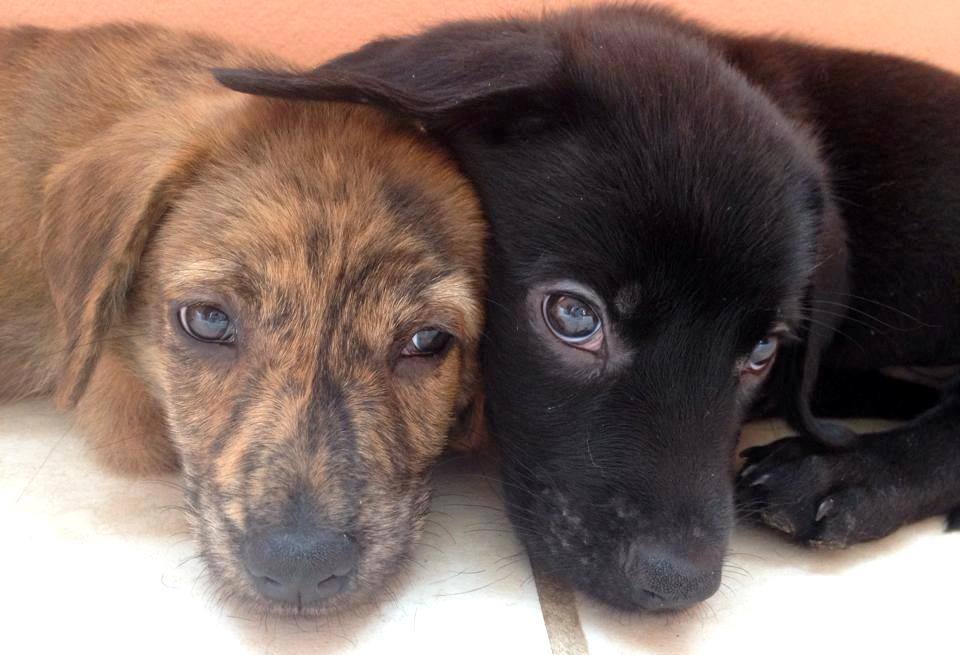What would happen if the dog ever got out while we were at work? What if the backyard has a hole under the fence we didn’t know about? Is the fence tall enough that our pet could not jump over or climb out? What if we have them in the car and they manage to escape? As a pet owner, these questions and more have undoubtedly run through your mind, and all revolving around one big question mark. How do I find my pet if they are lost?
While every pet owner should have their dog or cat wear a collar with their pet license, rabies license, and ID tag, a micro-chip can be a vital asset to getting them home quickly and safely. Especially in the event your pet runs out without their collar or tags attached, or if your pet is ever stolen, a micro-chip is a guaranteed way to have their owner and home information with them at all times.
According to Pet WebMD, only 15-20% of dogs, and 2% of cats, are found and claimed by the owners every year. Micro-chipping can help raise those odds. A microchip for your pet is small, about the size of a grain of rice, and causes no harm to your pet. The chip is placed just under the skin in the neck, no deeper. All veterinarians and most animal clinics, like The Animal League Wellness Center, can implant one in a routine visit. It takes only seconds to implant the chip, and your fur-baby won’t feel anything more than the pinch they normally feel when getting a shot or having blood taken.
How does a pet microchip work?
Generalizing, the microchip will contain only the information that you, the owner, provide. No other information can be learned about you or your family, so there is no security risk. The microchip, which is connected to an online registry, is read with an RFID Scanner and the information displayed.
Who can scan my pet’s microchip?
Most veterinarians, pet clinics, animal control, and animal shelters can scan an animal for a microchip. If you’ve adopted a pet from an animal shelter, like The Animal League, your pet may already have a microchip. If your pet gets out and someone finds them and has the animal scanned, that microchip will inform them to get in touch with either you or the animal shelter they were adopted from. This provides an extra layer of security as the animal shelter will be able to contact you as well. When adopting, the shelter staff or animal control worker will be able to tell you if the animal has been chipped.
Remember earlier, when we mentioned that only 15-20% of lost dogs and 2% of lost cats are ever reclaimed by their pet owners? According to the American Veterinary Medical Association (AVMA):
“A study of more than 7,700 stray animals at animal shelters showed that dogs without microchips were returned to their owners 21.9 percent of the time, whereas microchipped dogs were returned to their owners 52.2 percent of the time. Cats without microchips were reunited with their owners only 1.8 percent of the time, whereas microchipped cats went back home 38.5 percent of the time.”
That is a 30-32% higher chance of recovery in your favor!
How can I keep my pet’s microchip information updated?
Please note that the information provided by the database is only as good as your last update to it. If you have moved, had a phone number changed, please talk to the organization that inserted the microchip about how to update the information associated with it. This could be the difference in helping a pet find their lost home or not.
To learn more about pet microchipping
We suggest talking to your vet, or come talk to a professional here at The Wellness Clinic (book appointment). If you would like to read more, the AAHA (American Animal Hospital Association) website or WebMD Pet are accredited sources that will help you form the questions that you should ask your veterinarian. If you happen to find a lost animal and take them in, we highly suggest taking them to your nearest veterinarian or pet clinic and ask them to scan for a chip if they do not have an ID Tag on them. Most vets and pet clinics will do this for free. Call first, to ensure they’ve got a chip scanner.
Cover models: Valencia and Vinton, labrador retriever blend puppies who were rescued by The Animal League.
We hope this general information article has been helpful, and that we may have piqued your interest in the subject. If you are interested in learning more about pet microchips, their pros/cons, the differences in services for microchips out there, etc… please stay tuned. We will delve further into the world of pet micro-chipping in upcoming articles.

